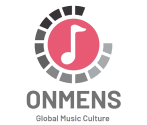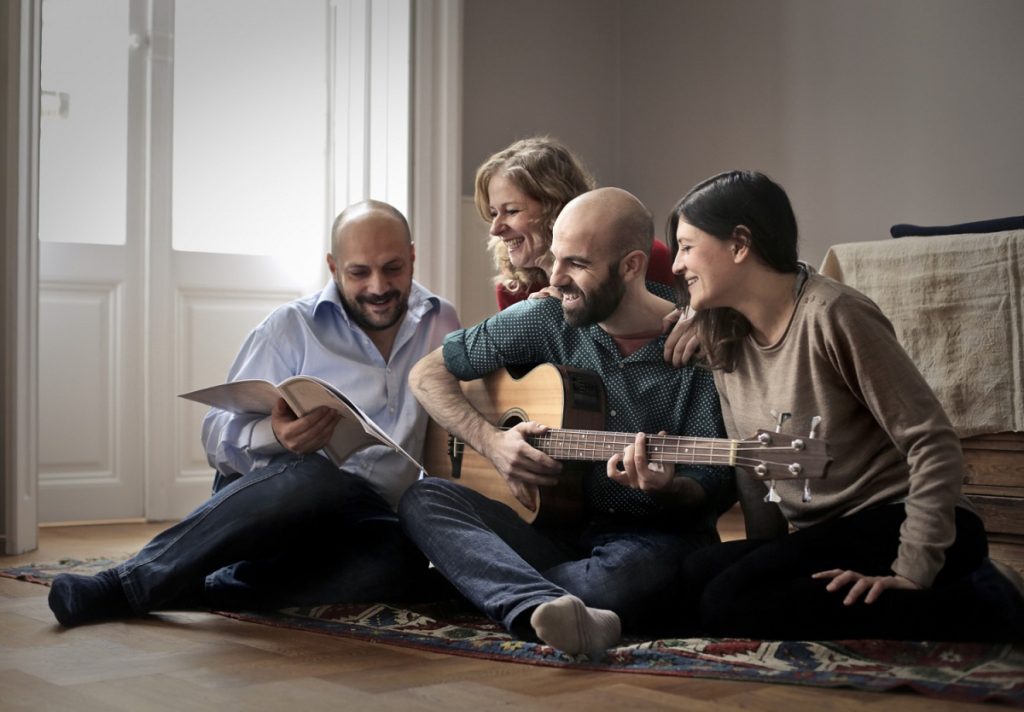As modern music continues to evolve, there’s a growing trend that sees traditional instruments taking center stage, blending with contemporary sounds to create something truly unique.
This fusion not only preserves heritage but also introduces rich, cultural textures to mainstream audiences, thereby broadening our musical horizons.
Impact on cultural preservation and innovation
Integrating traditional instruments in modern music acts as a bridge between generations and geographies.
Instruments like the Japanese koto, the West African djembe, and the Australian didgeridoo are being used by artists to maintain a tangible connection to their roots while pushing the boundaries of genre and style.
This trend not only helps in cultural preservation but also fosters a deep sense of innovation within the music industry.
Cultural empathy through musical exploration
When artists incorporate instruments like the Indian sitar or the Celtic harp into popular music, they facilitate a deeper understanding and respect among diverse audiences.
This musical melding encourages listeners to explore and appreciate the stories behind the sounds, promoting cultural empathy and unity.
Psychological and emotional impacts
The sounds of traditional instruments often carry specific cultural significances that evoke deep emotional responses. For instance, the rich vibrations of the Tibetan singing bowls in meditation music can induce a state of calmness and mental clarity.
Similarly, the energetic beats of Brazilian samba drums in dance music can energize and uplift spirits.
This demonstrates music’s profound impact on our emotions and mental health.
Reinforcing identity and community
Fusing traditional instruments with modern elements not only enriches the music scene but also reinforces personal identity and community ties. For many, these instruments are symbols of their heritage and history, offering a musical expression of their identity in a globalized world.
Memory and nostalgia playing pivotal roles
The use of traditional instruments can trigger memories and nostalgia, connecting listeners back to their roots or past experiences, enhancing the listener’s connection to the music.
This emotional recall is a powerful tool for artists to engage with their audience on a more personal level, making their music memorable and meaningful.
Driving social change through music
Music is a potent agent for social change, and by integrating traditional instruments, artists can comment on societal issues while respecting and recalling historical contexts. This not only enriches the music’s impact but also amplifies its reach and relevance in today’s social climate.
Examples from around the world
Globally, artists like Yo-Yo Ma with his Silk Road Ensemble showcase how combining classical Western instruments with those from across Asia and the Middle East can foster international collaboration and peace.
Meanwhile, bands like Tinariwen from Mali use their traditional stringed instruments to voice political resistance and the struggles of the Tuareg people.
The role of traditional instruments in modern music fusion is multifaceted, influencing not only the music industry but also cultural perception, emotional depth, and social dynamics.
This resurgence not only honors musical heritage but also propels it into the future, demonstrating that in the world of music, innovation can coexist beautifully with tradition.






